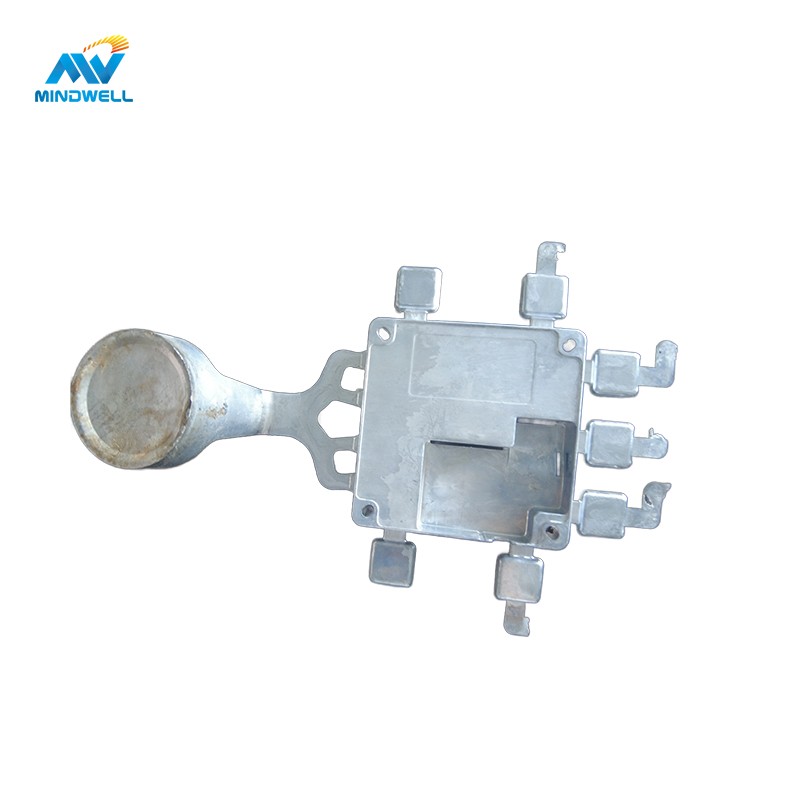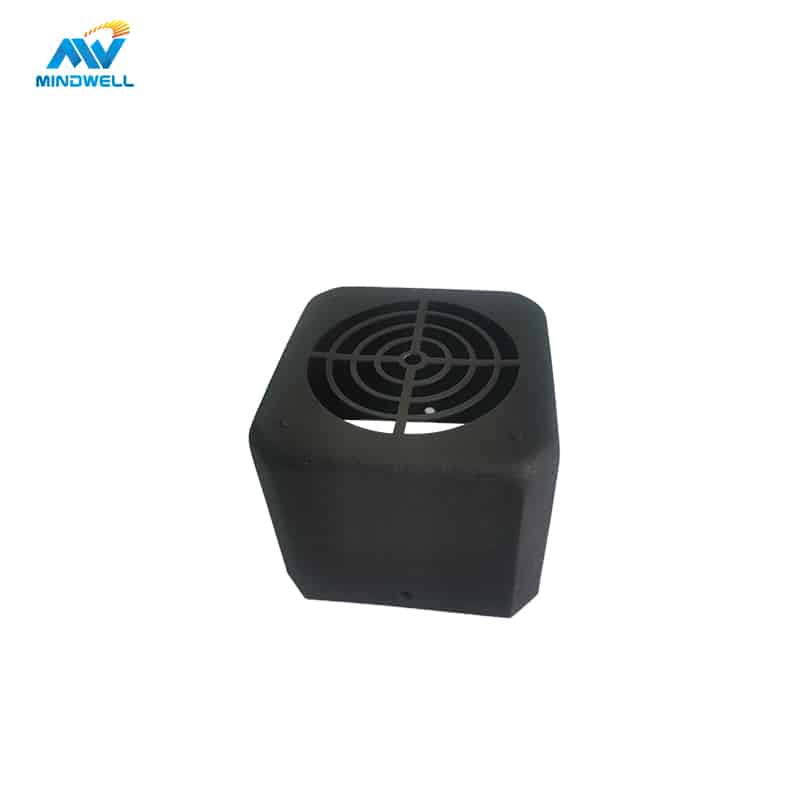Brass die casting is a popular manufacturing process used to create precise and detailed metal parts. It involves injecting molten brass into a mold or die to form a specific shape or design. This method is widely used in various industries, including automotive, electronics and jewelry, to produce a range of brass components.

Brass Die Casting Material
Brass die-casting material is an alloy material composed of copper and zinc, also called brass alloy. Its main component is copper, with a zinc content ranging from 5% to 40%. It has excellent electrical conductivity, thermal conductivity, processability and corrosion resistance, and has good oxidation resistance.
Brass Die Casting Process
The brass die casting process begins with the creation of a mold or die. The mold is usually made of steel and designed to the exact specifications of the part being made. The mold is then put into a die-casting machine, which melts the brass to a specific temperature and injects it into the mold, where it cools and solidifies the shape.
Advantage
- Brass die casting is capable of producing highly intricate and intricate designs with a high level of accuracy and consistency. This is achieved through the use of precision engineering and advanced computer-aided design (CAD) technology, which creates highly detailed 3D models of the parts produced. These models can then be used to create molds and provide precise instructions to die casting machines to produce parts.
- Another significant advantage of brass die casting is the ability to produce parts with high dimensional stability and strength. This is due to the consistency of the casting process, ensuring that each part produced is of consistent quality and meets required tolerances and standards.
Application of Brass Die Casting
The application of brass die casting is very wide, such as:
- Electronic and electrical field: suitable for brackets and casings of electronic components and electronic equipment.
- Machinery manufacturing field: suitable for bearing housings, gears, racks, etc. of hydraulic machinery, automobiles, motorcycles, bicycles, etc.
- Architectural decoration field: suitable for door handles, switch panels, etc.
- Chemical field: suitable for valves, pipe fittings, etc.
- Medical equipment field: suitable for connectors, brackets, etc. of surgical instruments and medical equipment.
- Toy model field: suitable for parts of various models and toys.
In general, brass die casting has a wide range of applications, not only can meet the needs of various industries, but also has stable quality, high precision, and beautiful appearance.
The difference between brass die casting and copper die casting
The difference between brass die-casting and copper die-casting lies in the different materials, brass die-casting uses brass alloys, and copper die-casting uses pure copper or copper alloys. In addition, brass die casting can be produced by adding other metal elements to change its performance characteristics, while copper die casting usually does not add other elements. Therefore, brass die castings generally have higher strength and hardness, while copper die castings generally have better electrical and thermal conductivity.
Brass die casting is also an efficient and cost-effective manufacturing process. It enables high yields with minimal waste, reducing manufacturing costs and improving overall efficiency. In addition, using brass as a die casting material has many advantages, including excellent corrosion resistance, high thermal conductivity, and good electrical conductivity.
In conclusion, brass die casting is a complex and versatile manufacturing process that offers many benefits for producing high quality and intricate metal parts. It can create complex and detailed designs with high precision and consistency, while also providing excellent dimensional stability, strength and cost-effectiveness. As such, it is an essential technology for many industries that require precise and reliable metal parts, including automotive, electronics and jewelry manufacturing, among others.






